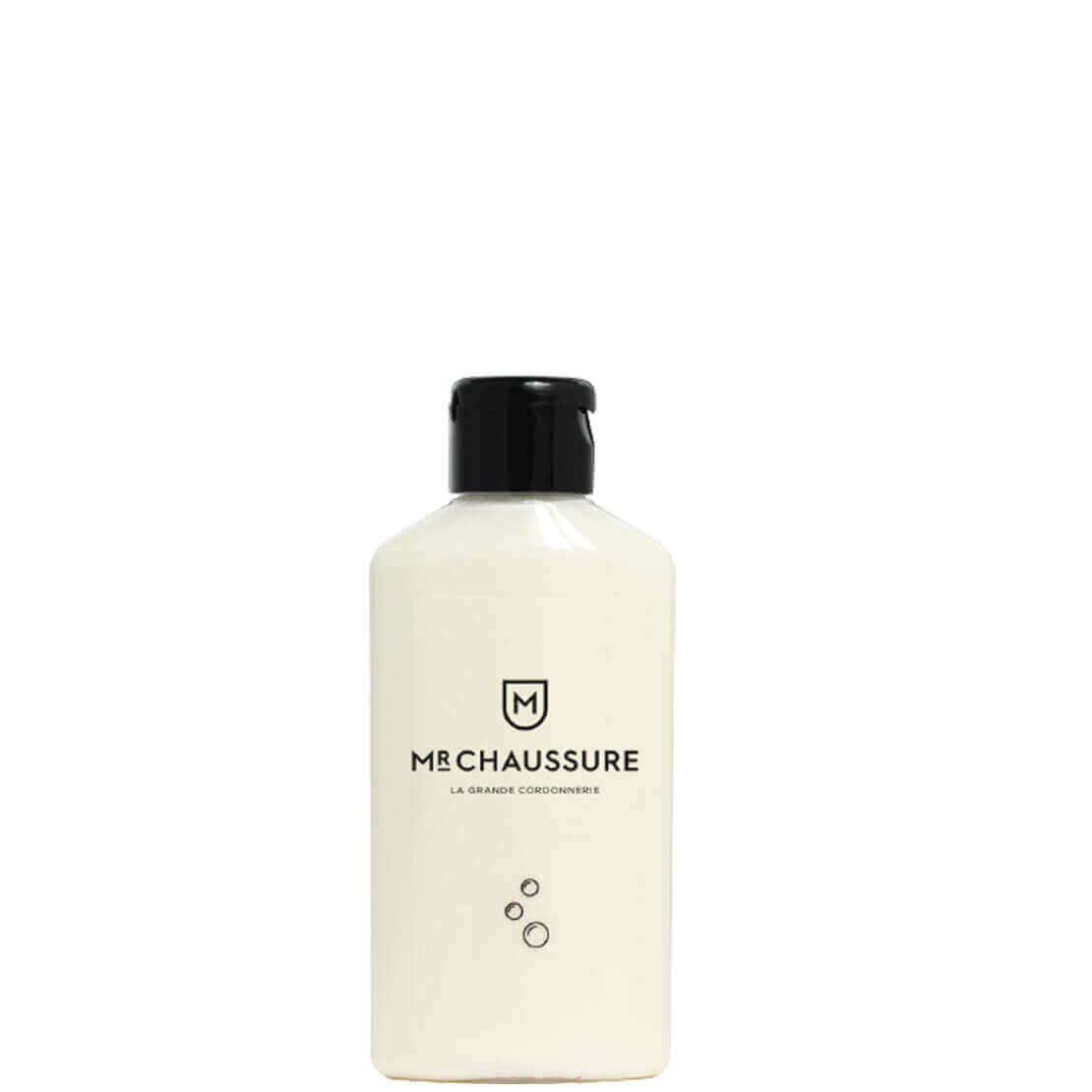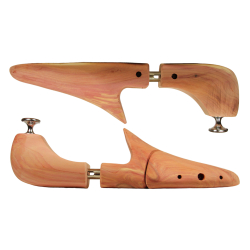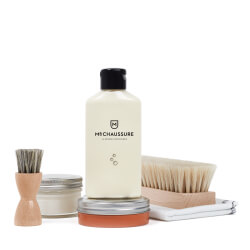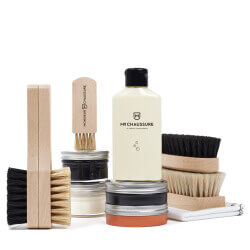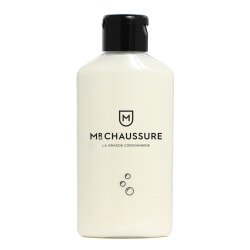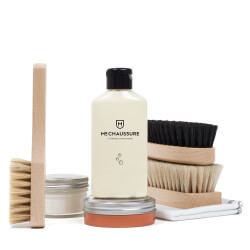Everything you need to know about carnauba wax and its use in the world of cleaning
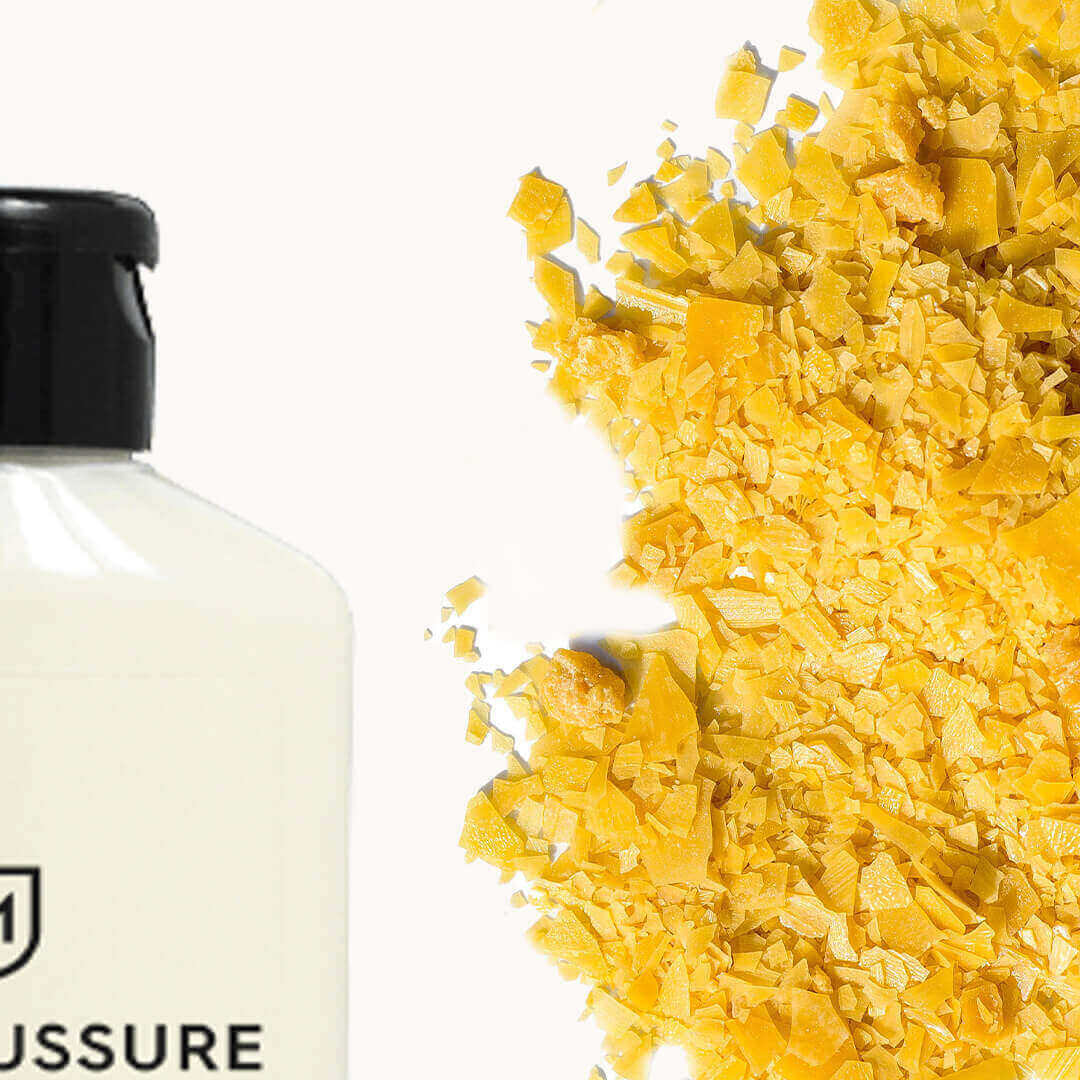
What is carnauba wax?
Carnauba wax comes from a palm tree, Copernicia prunifera, located in northeast Brazil. This palm is wild and is very rarely cultivated.
The wax harvest is spread over several months: from October and extends until the rainy season. To obtain this wax, the leaves must be cut manually with a scythe and then left to dry for a few days in the sun. Thus the leaves release the scales containing the wax. To recover them, we hit the leaves. Each leaf of Copernicia prunifera provides an average of 5g of wax.
After threshing the leaves, yellow-brown chips are obtained. Its chips are brittle and very fragrant.
The shavings can be subjected to refining, bleaching before being used in different fields: cosmetics, cleaning products for shoes, food industry.
Fun fact: Carnauba wax is the hardest and strongest vegetable wax.
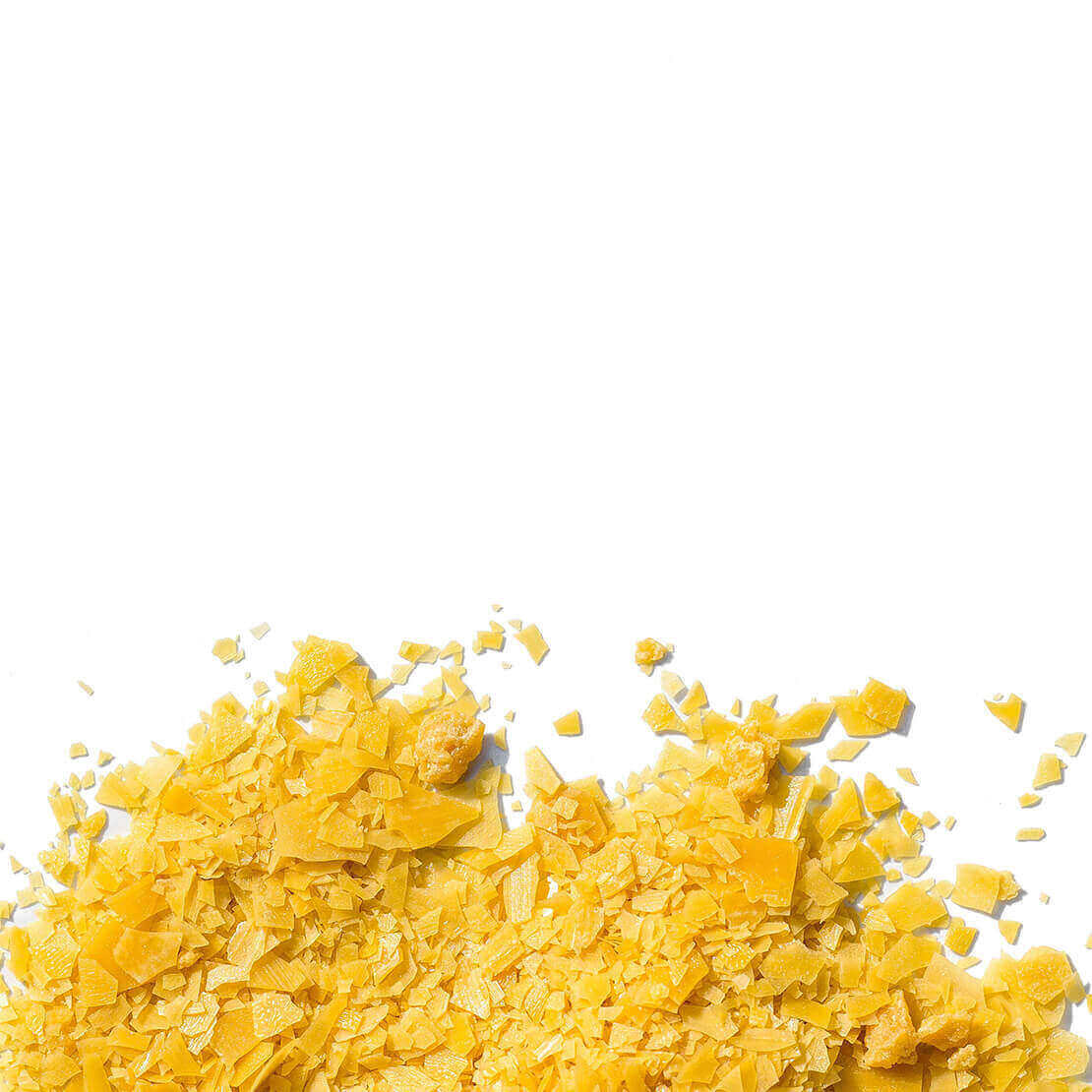
The properties of carnauba wax
This wax has many properties and we will develop here those related to the world of maintenance: polishes in particular.
First of all, in maintenance products, carnauba wax is often used to give a "creamy" look to formulas.
In our cleansing milk, we find carnauba wax. Its presence brings creaminess to the milk. Its texture is close to a lotion. The reason for its presence in our milk is its antistatic property. This is one of the most important properties. Indeed, it eliminates dust on all materials. Perfect for removing the dust that accumulates on your leather shoes over time.
Thanks to its high concentration of fatty components such as fatty acid esters, it provides a shiny appearance. Indeed, it is frequently associated with beeswax, to polish shoes or cars. In our case, it allows your leather to be dusted and shiny in a single pass.
